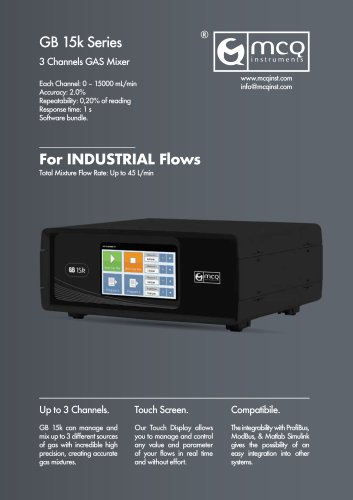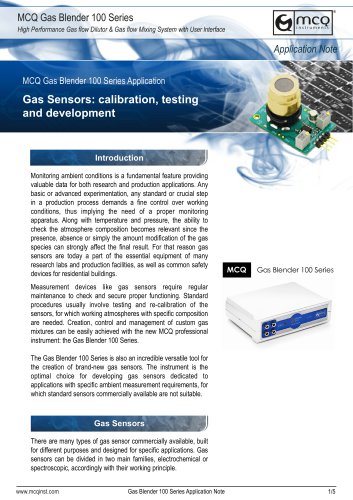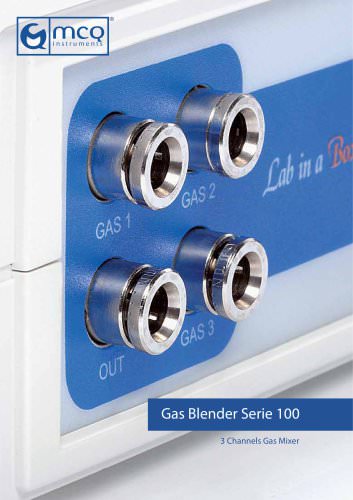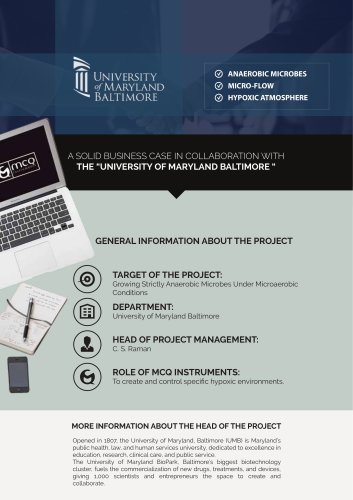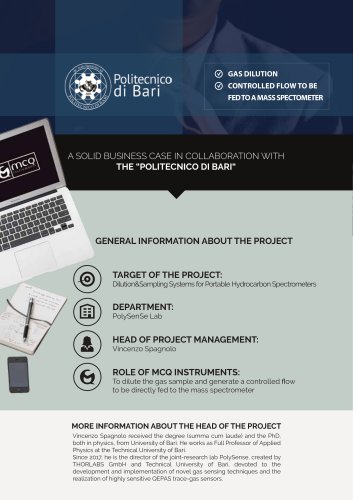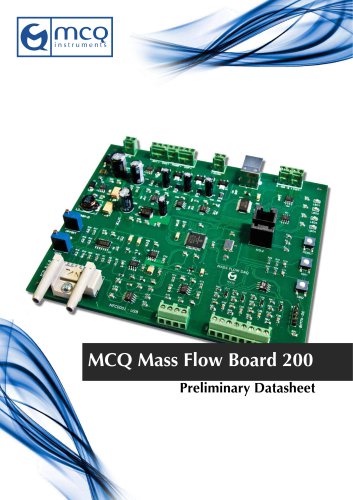
Catalog excerpts
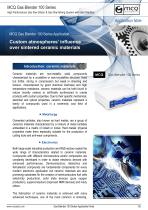
High Performance Gas flow Dilutor & Gas flow Mixing System with User Interface Application Note MCQ Gas Blender 100 Series Application Custom atmospheres’ influence over sintered ceramic materials Introduction: ceramic materials Ceramic materials are non-metallic solid compounds characterized by a crystalline or semi-crystalline structure. Hard but brittle, strong in compression but weak in shearing and tension, characterized by good chemical inertness and high temperature resistance, ceramic materials can be both found in nature (mostly oxides) or artificially synthesized to create products with custom properties. Due to their specific mechanical, electrical and optical properties, ceramic materials represent a family of compounds used in a extremely vast field of applications. Cemented carbides, also known as hard metals, are a group of ceramics materials characterized by a mixture of metal carbides embedded in a matrix of cobalt or nickel. Hard metals’ physical properties make them especially suitable for the production of cutting tools and anti-wear components. Electronics Both large-scale industrial production and R&D sectors exploit the wide range of characteristics related to ceramic materials. Compounds with different microstructure and/or composition are constantly developed in order to obtain electronic devices with enhanced performances. Semiconductors, dielectrics and ferroelectric compounds are fundamental components for every modern electronic application but ceramic materials are also promising substrates for the creation of semiconductors fuel cells (electricity production), solid state devices (pure oxygen production), superconductors (improved NMR devices) and many others. The fabrication of ceramic materials is achieved with many advanced techniques, one of the most common is sintering. www.mcqinst.com Gas Blender 100 Series Application Note
Open the catalog to page 1
High Performance Gas flow Dilutor & Gas flow Mixing System with User Interface Sintering is the techniques this application note is focused on due to the controlled atmosphere, required during the synthesis process to obtain satisfactory products. MCQ offers its Gas Blender 100 Series as the ideal instrument to create highly accurate custom atmospheres, easily adaptable to R&D projects aiming at the improvement of sintering results. Sintering The basic principle of this technique is the possibility to create objects from powders, exploiting the diffusion phenomenon. The process consists in...
Open the catalog to page 2
High Performance Gas flow Dilutor & Gas flow Mixing System with User Interface atmosphere’s composition. The working atmosphere is an especially critical parameter. Many sintering processes prove their effectiveness with standard air as working atmospheres [1] but pure gases or custom mixtures are often required to achieve the desired results. Pure gasses Pure gases represent the standard working condition for sintering. Nitrogen or argon usually replace air when the presence of oxygen can negatively affect the process outcome [2-3], while pure oxygen can be used to create extremely oxidant...
Open the catalog to page 3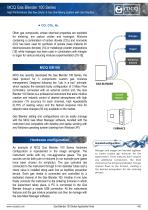
High Performance Gas flow Dilutor & Gas flow Mixing System with User Interface Other gas compounds, whose chemical properties are exploited for sintering, are carbon oxides and hydrogen. Mixtures containing a combination of carbon dioxide (CO2) and monoxide (CO) has been used for synthesis of spinels (base material for electric/acoustic devices) [14] or metallurgic powder preparations [15], while hydrogen has been used in combination with nitrogen or argon for various reducing mixtures experimentation [16-18]. Temporary blocked MCQ GB100 MCQ has recently developed the Gas Blender 100...
Open the catalog to page 4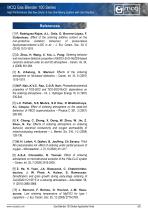
High Performance Gas flow Dilutor & Gas flow Mixing System with User Interface References [1] F. Rodríguez-Rojas, A.L. Ortiz, O. Borrero-López, F. Guiberteau: Effect of the sintering additive content on the non-protective oxidation behaviour of pressureless liquid-phase-sintered α-SiC in air – J. Eur. Ceram. Soc. 30, 6 (2010) 1513-1518. [2] D. Zhou, H. Wang, X. Yao, L. Pang: Sintering behavior and microwave dielectric properties of Bi2O3–ZnO–Nb2O5-based ceramics sintered under air and N2 atmosphere – Ceram. Int. 34, 4 (2008) 901-904. [3] S. d’Astorg, S. Marinel: Effects of the sintering...
Open the catalog to page 5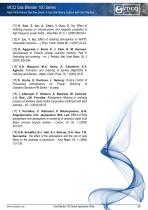
High Performance Gas flow Dilutor & Gas flow Mixing System with User Interface [11] K. Sun, Z. Ian, S. Chen, Y. Sun, Z. Yu: Effect of sintering process on microstructure and magnetic properties of high frequency power ferrite – Rare Met. 25, 6, 1 (2006) 509-514. [12] F. Liu, Y. Qu, Effect of sintering atmosphere on Ni/PTC composites ceramics – J. Phys. Chem. Solids 68, 1 (2007) 41-44. [13] G. Aggarwal, I. Smid, S. J. Park, R. M. German: Development of niobium powder injection molding. Part II: Debinding and sintering – Int. J. Refract. Met. Hard Mater. 25, 3 (2007) 226-236. [14] A.D....
Open the catalog to page 6All MCQ Instruments catalogs and technical brochures
-
GB NANO 3
4 Pages
-
GB 15k
2 Pages
-
GB 2000
4 Pages
-
GB 3000
4 Pages
-
GB 4000
4 Pages
-
GB 6000
4 Pages
-
GB 100
4 Pages
-
GB 100 plus
4 Pages
-
SensorModule
7 Pages
-
Sensor Module
7 Pages
-
Gas Blender Advantages
4 Pages
Archived catalogs
-
Flow Board
11 Pages
-
Gas Blender 106 Series
4 Pages
-
Data acquisition board
4 Pages



